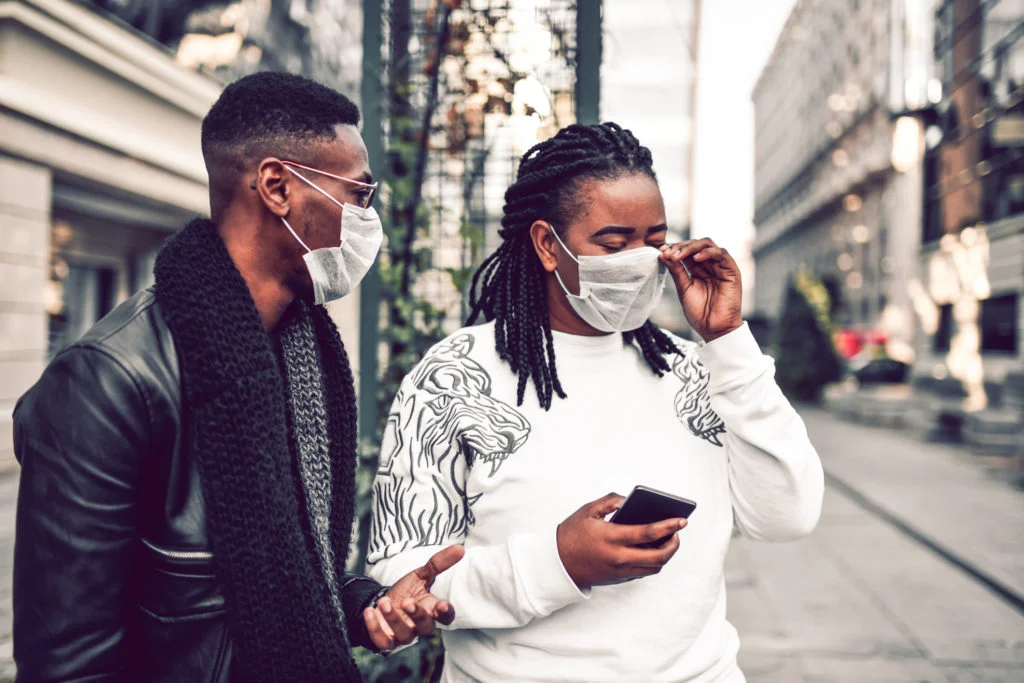China is experiencing a significant increase in Human Metapneumovirus (HMPV) infections, raising alarms just five years after the disaster. Covid-19 pandemic. The ongoing outbreak of the HMPV virus has led to widespread reports of overwhelmed hospitals and crematoria. Social media platforms are flooded with videos showing overcrowded medical facilities and claims of simultaneous spread of influenza A, HMPV, Mycoplasma pneumoniae and COVID-19. This has sparked global concern, with many questioning the scale of the outbreak and its possible implications.
The Chinese Center for Disease Control and Prevention (China CDC) has highlighted a rise in HMPV cases, especially among children aged 14 and under. Some reports claim that the rapid spread of HMPV and other respiratory infections is contributing to an increase in deaths, especially among those between the ages of 40 and 80. However, no official state of emergency has been declared and the World Health Organization (WHO) has not confirmed these figures. claims. Nevertheless, the increase in the number of cases of the HMPV virus has intensified research into its symptoms, transmission and preventive measures.
Here are the most important things you need to know about the HMPV virus outbreak in China…
Understanding the HMPV virus
Discovered in 2001, Human Metapneumovirus (HMPV) is a member of the Pneumoviridae family and is closely related to respiratory syncytial virus (RSV). Research shows that HMPV has been circulating in human populations for more than sixty years. It mainly causes respiratory diseases, especially in young children, older adults and individuals with compromised immune systems.
Symptoms of HMPV
The symptoms of HMPV often resemble those of other respiratory infections. Common indicators include:
- Cough
- Fever
- Stuffed nose
- Shortness of breath
- Wheezing
In severe cases, HMPV can lead to complications such as bronchitis and pneumonia. The similarity of HMPV symptoms to those of other respiratory diseases often makes diagnosis difficult, underscoring the need for increased awareness and testing.
The HMPV outbreak in China
The recent outbreak of the HMPV virus in China coincides with the winter and spring seasons, periods when respiratory infections tend to peak. According to the Chinese CDC, HMPV is currently one of the most common viral infections among hospital visitors. Reports indicate a rising positivity rate among children under the age of 14, further straining healthcare facilities already dealing with cases of influenza A, Mycoplasma pneumoniae and COVID-19.
Online discussions about the HMPV outbreak often describe overcrowded hospitals, especially pediatric facilities. Social media users have also reported an increase in cases of “white lung” and pneumonia, adding to the public’s discomfort. Despite these reports, Chinese health authorities have yet to confirm a direct link between HMPV and an increase in death rates.
How HMPV spreads
HMPV spreads mainly through respiratory droplets when an infected person coughs, sneezes or talks. It can also be transmitted by touching contaminated surfaces and then touching the face, especially the eyes, nose or mouth. The virus has an incubation period of three to five days, during which individuals can already be contagious.
The weak immune response caused by this virus means that people can get repeated infections over time. Although HMPV can be detected year-round, prevalence is highest in winter and spring.
Preventive measures against HMPV

Preventing the spread of HMPV requires good hygiene practices and remaining vigilant in high-risk environments. Here are some important measures to protect yourself and others:
- Wash hands regularly: Wash your hands with soap and water for at least 20 seconds, especially after touching shared surfaces.
- Avoid facial touch: To reduce the risk of the virus entering your system, avoid touching your eyes, nose, or mouth.
- Wear masks: Use masks in crowded or enclosed areas to minimize exposure to these substances respiratory tract drops.
- Stay home if you are sick: Isolate yourself if you experience symptoms such as fever, coughing or shortness of breath to prevent the infection from spreading.
- Increase immunity: Maintain a healthy diet, stay hydrated, and get plenty of rest to strengthen your immune system.
Global response to the HMPV outbreak
The international community is closely monitoring the HMPV outbreak in China. The WHO has called for greater transparency and data sharing from Chinese authorities to better understand the impact of the virus. Meanwhile, healthcare facilities in several countries are stepping up surveillance of respiratory diseases to be prepared for possible outbreaks.
Experts emphasize that although this virus has no specific antiviral treatment or vaccine, early detection and supportive care can significantly reduce the severity of symptoms. The focus remains on managing symptoms and preventing onward transmission.
Conclusion

The HMPV virus outbreak in China is a stark reminder of the ongoing challenges posed by respiratory viruses. With reports of rising cases among children and older adults dominating headlines, the importance of public awareness and preventative measures cannot be overstated. As the situation continues to evolve, adhering to hygiene practices and staying informed about HMPV symptoms and transmission are crucial steps to mitigate its impact.
By remaining vigilant and proactive, both individuals and healthcare systems can better manage the challenges posed by the outbreak and other respiratory illnesses.
Featured image: Reuters image
Follow us on Instagram for the latest news in fashion, lifestyle and culture @StyleRave_
—Read also





